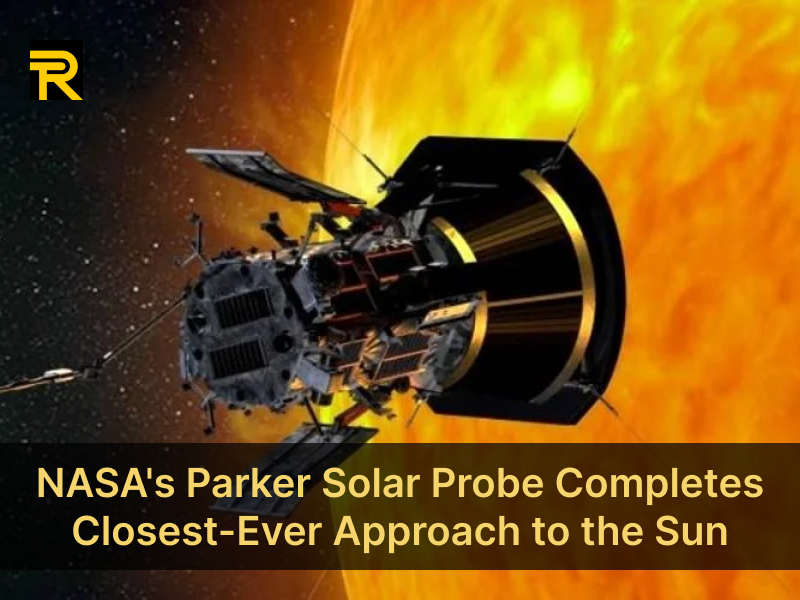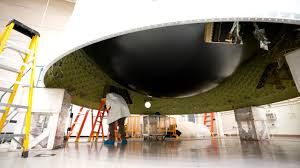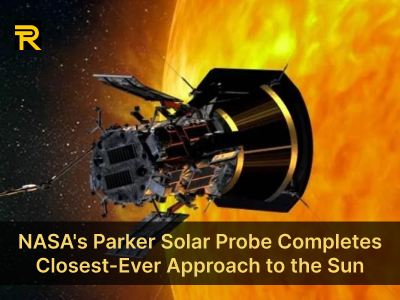
NASA's Parker Solar Probe Completes Closest-Ever Approach to the Sun
In a groundbreaking achievement for space exploration, NASA's Parker Solar Probe has completed its closest-ever approach to the Sun, marking a transformative change in our understanding of the star that sustains life on Earth. This daring mission, designed to "touch the Sun," has not only provided unparallel data but also set a new standard in the history of solar research.
The Journey to the Sun

Launched in August 2018, the Parker Solar Probe was named in honor of Dr. Eugene Parker, the astrophysicist who first theorized the existence of solar wind. This ambitious mission was engineered to explore the Sun’s outer atmosphere, known as the corona, and uncover the mysteries of solar wind acceleration and extreme heating.
To achieve its objectives, the spacecraft employs a series of seven Venus flybys to gradually shrink its orbit and get closer to the Sun. On its record-setting approach, the probe came within 4.5 million miles (7.2 million kilometers) of the Sun’s surface, enduring temperatures exceeding 2,500 degrees Fahrenheit (1,377 degrees Celsius).
Engineering Marvel

The Parker Solar Probe is a marvel of modern engineering. It is filled with a revolutionary Thermal Protection System (TPS), an 8-foot-wide heat shield made of carbon-composite materials capable of withstanding scorching heat while keeping the instruments at a comfortable room temperature. This shield is a critical component that allows the probe to operate so close to the Sun.
The spacecraft also features an autonomous navigation system, enabling it to adjust its path in real-time to maintain its shielded position. This capability is essential as the probe navigates through regions of intense radiation and high-speed solar wind.
Extraordinary Discoveries
During its historic close approach, the Parker Solar Probe collected invaluable data about the Sun’s magnetic fields, energetic particles, and plasma waves. Early findings have already revolutionized our understanding of the Sun’s behavior:
-
Solar Wind Origins: The probe’s data has provided insights into the source regions of solar wind, revealing a dynamic and disordered environment.
-
Switchbacks Phenomenon: Scientists have observed sudden reversals in the Sun’s magnetic field, known as switchbacks, which may play a key role in accelerating solar wind.
-
Dust-Free Zone Evidence: The spacecraft’s measurements support the existence of a dust-free zone near the Sun, where solar radiation vaporizes in space dust particles.
Implications for Earth and Beyond

The Parker Solar Probe’s findings have far-reaching implications. By understanding the mechanisms driving solar wind and magnetic activity, scientists can improve space weather forecasting, which is Difficult for protecting satellites, power grids, and astronauts from solar storms. Mpreover, this knowledge lays the foundation for future missions to study stars beyond our solar system.
A Historic Milestone
NASA’s Parker Solar Probe represents humanity’s flexibility and creativity in pushing the boundaries of exploration. As the probe continues its mission, it will break its own records, coming even closer to the Sun and unveiling more of its secrets. Each discovery brings us closer to deciphering the complex dynamics of our star, ensuring a brighter future for space science.
The Parker Solar Probe’s success is not just a victory for NASA but a testament to human curiosity and our unyielding desire to explore the unknown. As it "touches" the Sun, it ignites a spark of inspiration for generations to come, proving that no dream is too distant, and no frontier too discouraging.
Follow Us
Trending News
Newsletter
Aliqu justo et labore at eirmod justo sea erat diam dolor diam vero kasd



